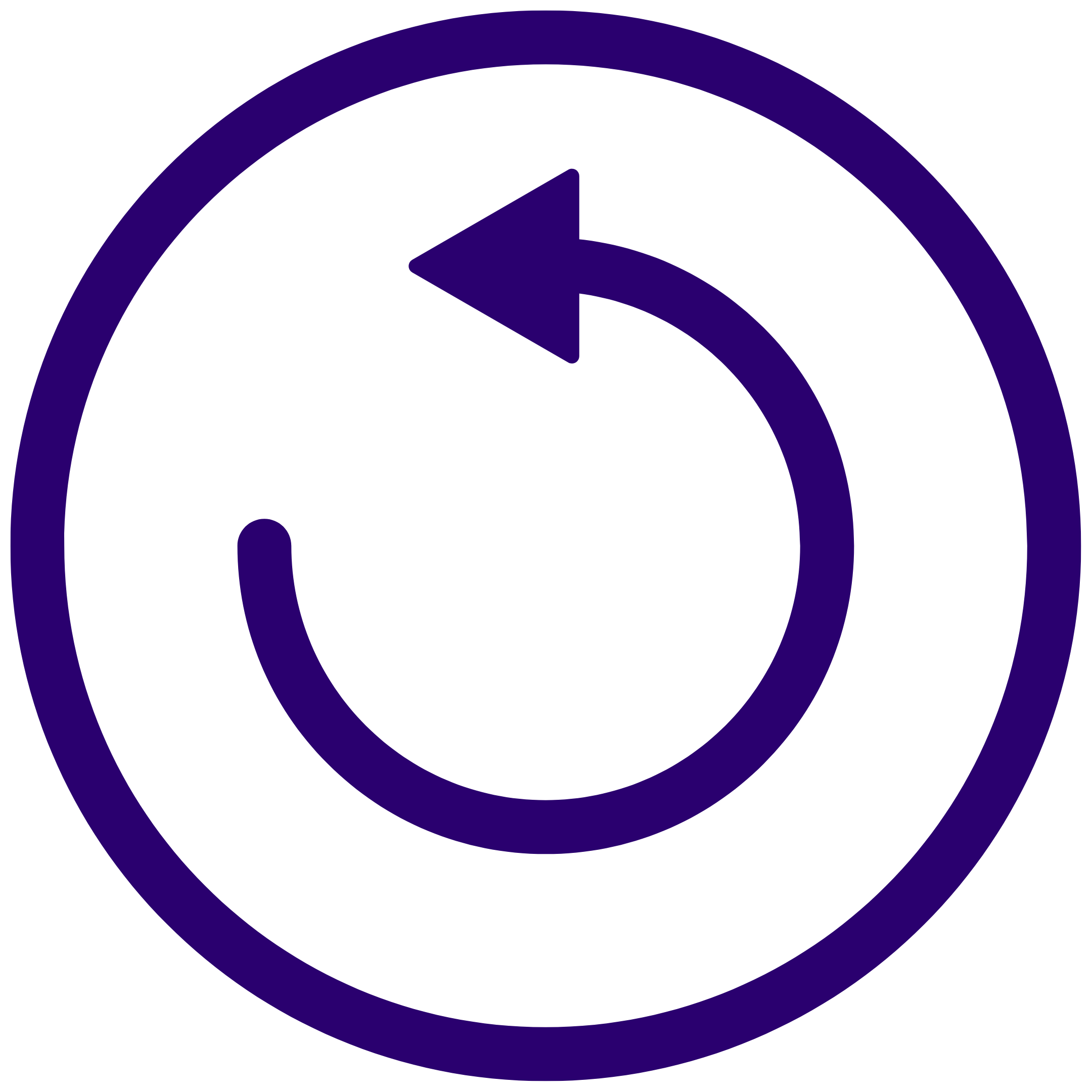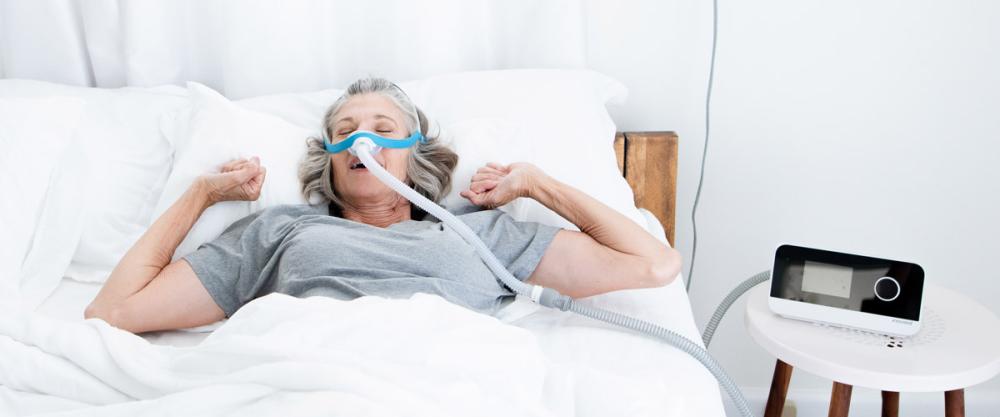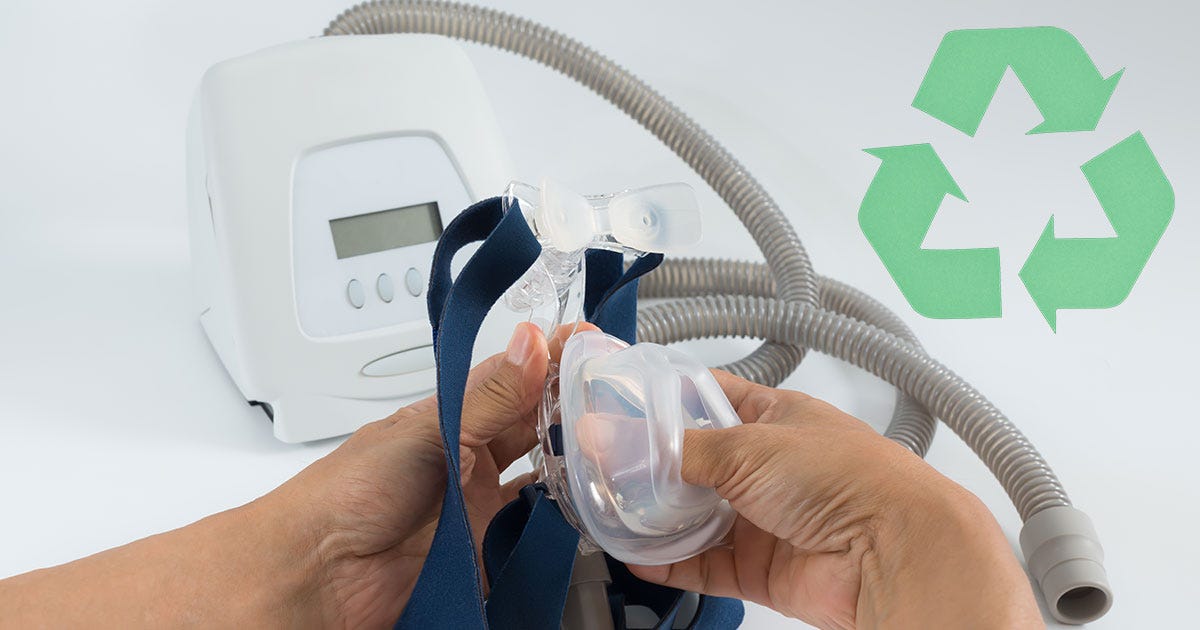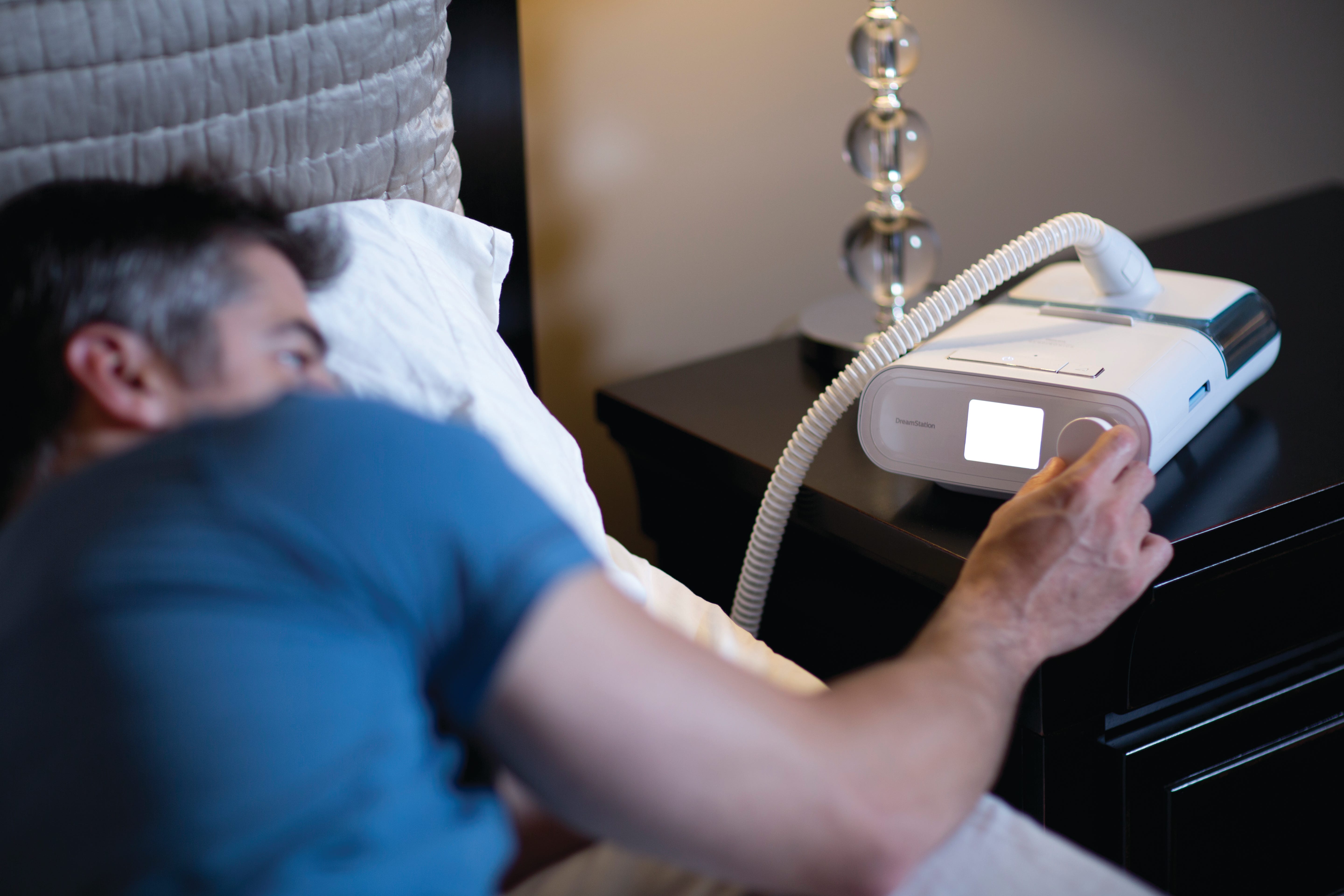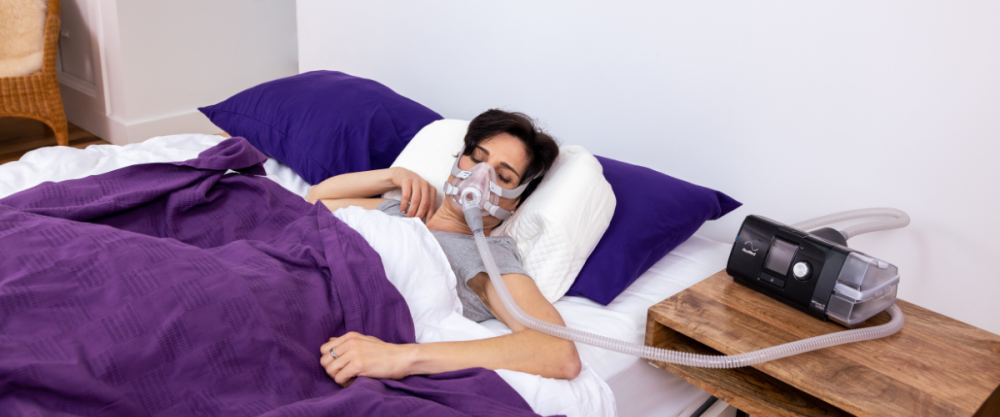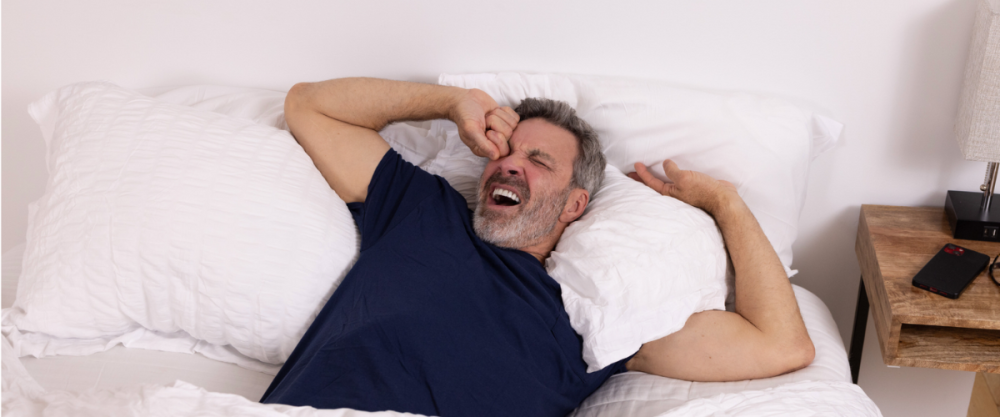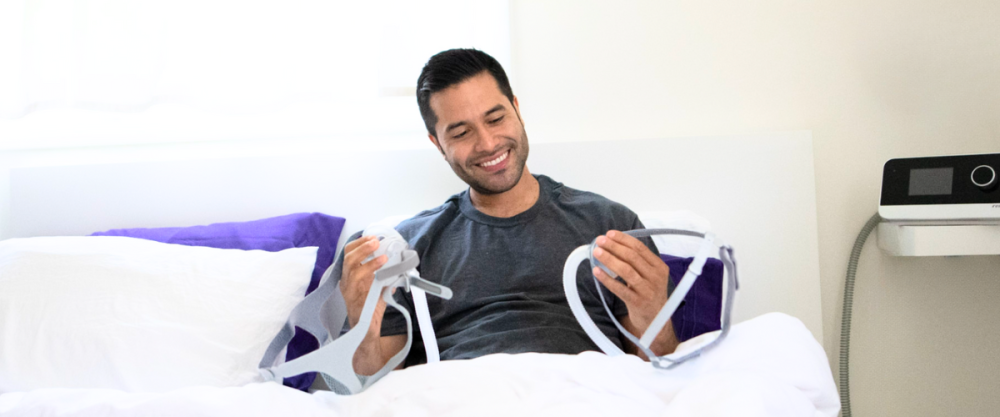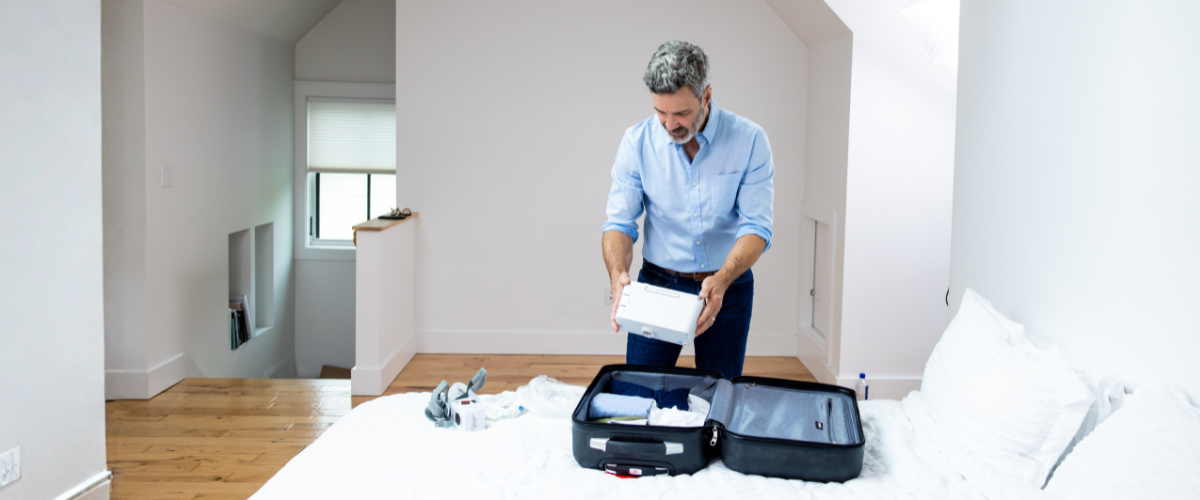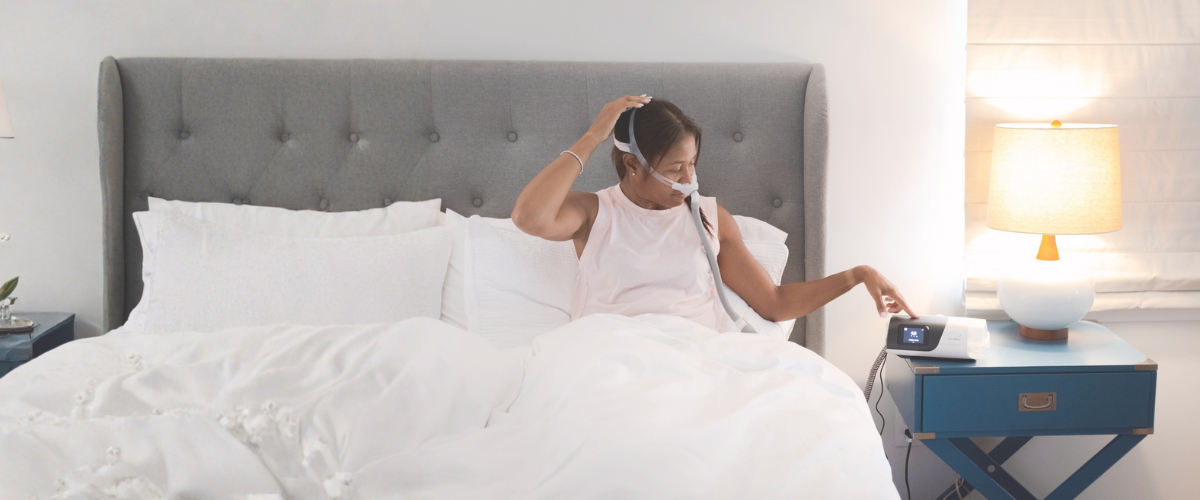Updated April, 2023
Choosing a great CPAP mask that is the right style and fit for your individual needs will help you adjust easier to therapy. Once you get all your supplies, you will soon discover there are hundreds of different terms and technologies advertised on sleep therapy devices, which can get confusing! CPAP jargon like EPR, A-Flex, C-Flex confuse new CPAP users.
CPAP Exhalation Relief
Many CPAP machines have a built-in design that allows for exhalation relief. CPAP exhalation relief decreases decreases the fixed pressure from 1-3 cms H20 when you exhale. This keeps your breathing patterns more natural throughout the night.
The CPAP A-Flex Feature Breathes with You
Many CPAP machines have a built-in design that allows for exhalation relief. This keeps your breathing patterns more natural throughout the night.
A-Flex is available on automatic CPAP machines and will lower the pressure when you exhale and slowly increase the pressure when you inhale. The A-Flex feature essentially breathes along with you while you sleep.
The great thing about using a machine with A-Flex technology is that you will barely notice a pressure change. Because it increases or decreases pressure smoothly, it prevents any sudden changes. After adjusting to therapy, many users will no longer need this feature.
C-Flex & EPR Decrease Pressure
C-Flex is a comfort feature you would find on Respironics CPAP machines (prior to the recall). This feature decreases the pressure when you exhale. The clinician will set C-Flex before you get your machine, but you will have the option to adjust the pressure relief to meet your needs.
CPAP EPR is a similar function on ResMed CPAP machines. EPR stands for Expository Pressure Relief and is a common setting on ResMed models. The EPR feature provides 3 comfort settings for users to adjust to therapy and works on a breath-by-breath basis.
The C-Flex and EPR combat the feeling of breathlessness. Using a CPAP machine at night should not mean giving up your comfort. Improve your sleep and comfort level by using a C-flex machine or CPAP EPR features.
BiLevel Therapy vs. C-Flex and CPAP EPR
Because C-Flex and EPR only reduce pressure up to 3 cm H2O, some people still might find difficult to exhale. Breathing against 20 cm H2O is still a mighty task. BiPAP therapy has two prescribed pressure settings one for inhalation and one for exhalation. BiPAP exhalation pressure setting starts at 4 cm H2O so it offers even less pressure to breathe against.
If the CPAP machine’s exhalation relief isn’t helping, speak with your doctor about prescribing a BiPAP machine.
Seek CPAP Therapy, Sleep Well
If you have been diagnosed with sleep apnea, do not delay seeking CPAP therapy. Comfort features like A-Flex, C-Flex, and EPR will make adjusting to CPAP a breeze so you can start experiencing the benefits of treatment quickly. One study reports C-Flex users report greater mask comfort.
Exhalation relief should be a tool used by people who cannot stand breathing against the fixed pressure. It adds one more variable that might disrupt your sleep. Jason Sazama aka the Lefty Lanky, a registered polysomnographic technologist, has anecdotally found some people experience respiration that looks like Cheyne-Stokes or central apneas when they use exhalation relief. People worry about central apneas but it might be from EPR or C-Flex.
Visit CPAP Supplies today to find trusted brands and reliable CPAP machines, masks, and supplies at a price that you can afford.




